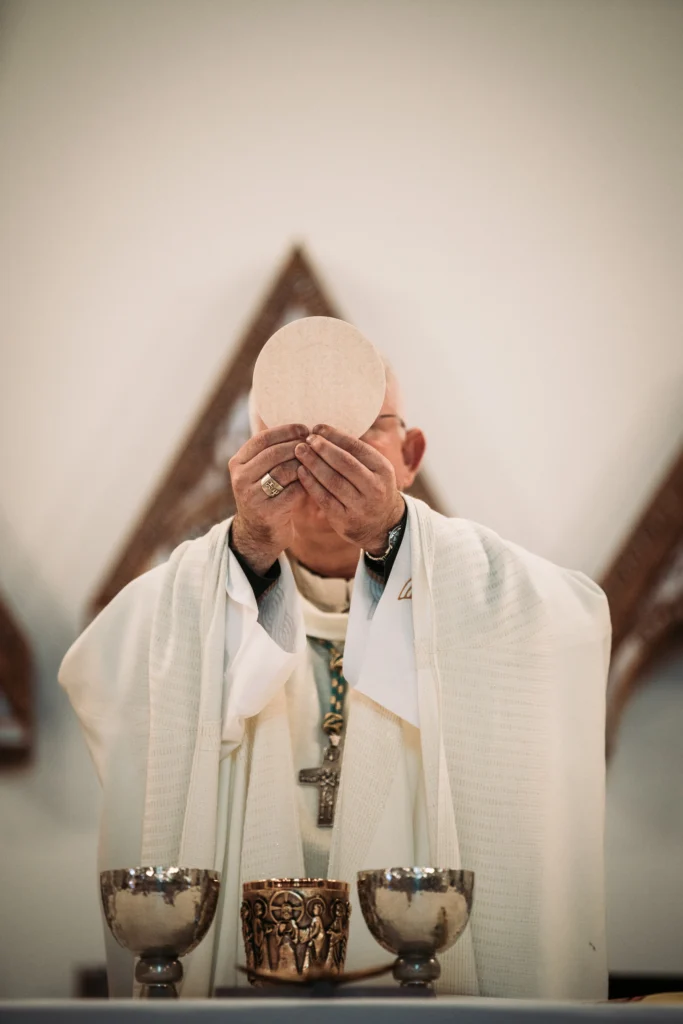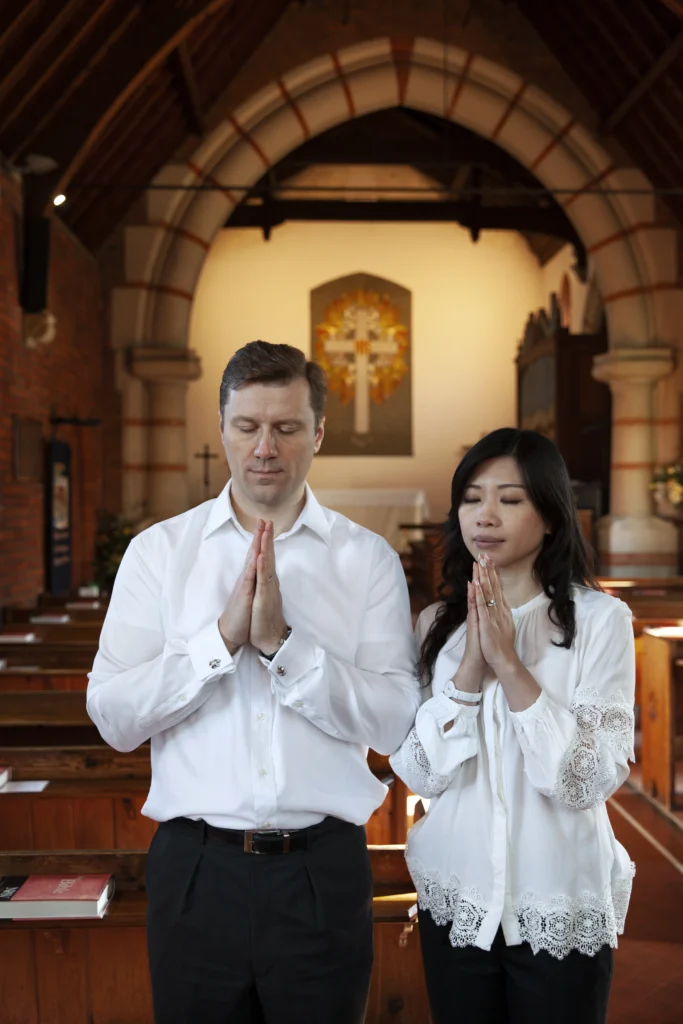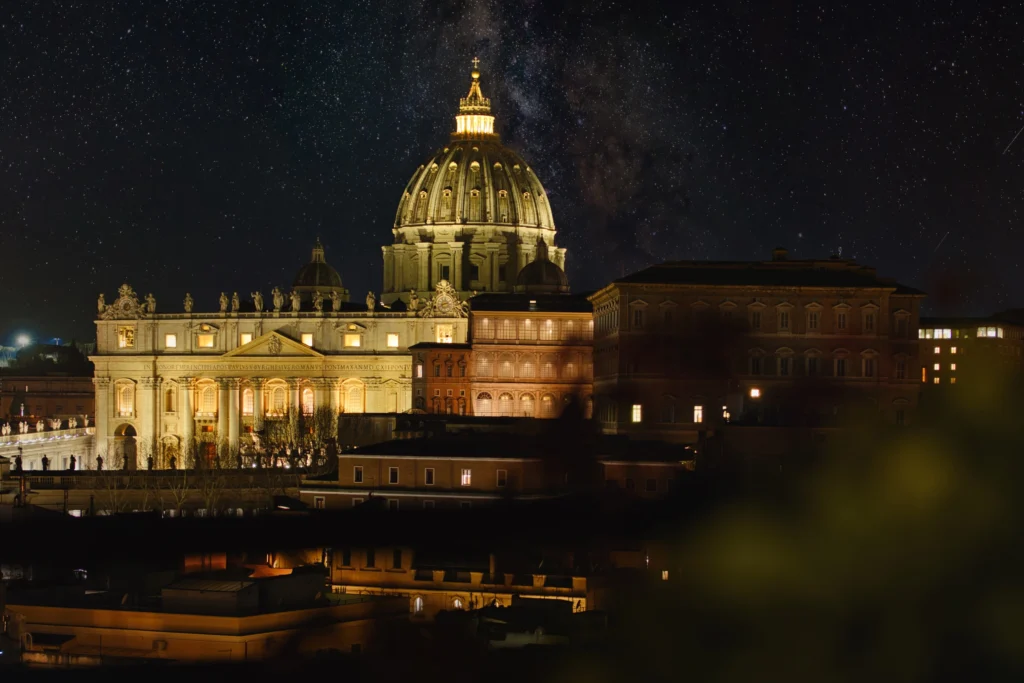On a bright Easter Sunday morning, the heart of the Catholic world turned once again to St. Peter’s Basilica, where Pope Francis delivered his annual Easter blessing to the faithful gathered in St. Peter’s Square and millions watching around the globe. With his signature tone of compassion and hope, the Pope offered a message that transcended borders—one of peace, renewal, and unity. In a world grappling with conflict, suffering, and division, his words served as a powerful reminder of the enduring light of the resurrection and human solidarity.

The Significance of the Easter Blessing
The Easter blessing, or “Urbi et Orbi”, delivered by the Pope each year on Easter Sunday, is one of the most anticipated and meaningful moments in the Catholic Church. Rooted in centuries of tradition, this blessing transcends the Vatican walls, reaching across the globe, offering hope and peace to millions of believers and non-believers alike.
The blessing is more than a customary address—it’s a profound spiritual moment that serves as a reminder of the core values of Easter: renewal, resurrection, and reconciliation.
Historical and Liturgical Roots of the Urbi et Orbi Blessing
The term “Urbi et Orbi” translates from Latin as “To the City (of Rome) and to the World.” It is a papal tradition that dates back to Pope Sixtus IV in 1476 and is one of the most solemn and widely broadcasted events in the Christian calendar. The blessing is traditionally delivered at Christmas, Easter, and after the election of a new pope, where the Holy Father offers prayers not only for Rome but for all of humanity.
This blessing is unique because it is given in person and is intended to reach every corner of the world. While the Pope’s role is largely religious, the “Urbi et Orbi” blessing connects individuals in ways that extend beyond faith. It’s about a shared humanity, a recognition that, no matter the place or condition, we are all interconnected.
Spiritual Significance: A Message of Peace, Hope, and Renewal
At the heart of the Easter blessing is the message of hope through the resurrection of Jesus Christ. The resurrection represents life triumphing over death, and light overcoming darkness. The Pope’s words during Easter are intended to remind Christians—and people of all faiths—that hope is eternal.
In his Easter message, Pope Francis often emphasizes themes such as peace, reconciliation, and healing. Given the global challenges the world faces—ranging from conflict and violence to social and economic injustice—his Easter blessing is a call to renew the spiritual commitment of individuals and communities toward building a more peaceful and compassionate world.
The spiritual power of the blessing lies in its ability to inspire a sense of shared responsibility. The Pope’s address is not just for the Catholic faithful, but for anyone who seeks peace and justice. It underscores the idea that through spiritual renewal, we can bring about real-world transformation.
Symbolism of the Pope’s Presence and Leadership
The Pope’s physical presence during the Easter blessing holds immense significance. Standing on the balcony of St. Peter’s Basilica, Pope Francis is not just delivering a message; he is embodying the spiritual leadership of the Catholic Church. His position as the leader of one of the world’s largest faith communities allows him to bring together millions of people under the universal banner of peace.
The Easter blessing is a time when the Pope encourages believers to turn towards one another with love and kindness, regardless of nationality or background. It’s a moment where faith is displayed not just as a personal experience but as something that can heal the wider world.
The Global Reach: Unity Across Borders
While the blessing is a Catholic tradition, its message resonates worldwide, reaching not just the faithful but also those who identify with other religious or secular beliefs. The Pope’s message of love, peace, and forgiveness offers a universal invitation to act with compassion toward others—regardless of religion, ethnicity, or nationality.
The Easter blessing reaches millions of people through television, radio, and social media broadcasts, making it one of the most widely distributed speeches each year. For Catholics, receiving the Pope’s blessing in person or virtually is an act of spiritual devotion. For others, it’s an opportunity to reflect on common human values.
A Moment of Renewal and Reflection
For those present in St. Peter’s Square and for millions watching across the world, the Easter blessing serves as a moment of reflection. It invites believers to pause and reflect on the grace of resurrection, to renew their faith, and to assess their own lives and relationships. It’s a call to act with more kindness, to work for justice, and to strive for peace in our communities.
The Easter blessing is a profound invitation to spiritual renewal—not just through prayer and faith but through actions that embody the teachings of Christ. It’s a time to lay aside past hurts and move forward with hope for a better future.
The Easter blessing is thus much more than a religious formality. It is a powerful reminder of the need for spiritual resilience in times of crisis, the possibility of renewal after hardship, and the eternal call for peace, unity, and love.

Key Highlights from Pope Francis’s 2025 Easter Message
Pope Francis’s 2025 Easter message was deeply moving and reflective of the complex global landscape we live in. Speaking from the central balcony of St. Peter’s Basilica, the Pope addressed millions of faithful across the world, offering a message centered on peace, compassion, and unity. Here are the key highlights from his “Urbi et Orbi” address this Easter:
A Call for Peace Around the World
Pope Francis once again used his platform to plead for peace in regions torn by violence and war. He called for an end to ongoing conflicts in Ukraine, Gaza, Sudan, and parts of Latin America, emphasizing the need for dialogue over division and diplomacy over destruction.
“Let us not grow used to the horror of war,” he said, urging the international community to never turn a blind eye to human suffering.
His message was a clear reminder that global peace requires collective moral responsibility and genuine efforts toward reconciliation.
Support for the Suffering and Vulnerable
True to his mission of advocating for the marginalized, Pope Francis spoke directly to those enduring poverty, displacement, illness, and injustice. He mentioned refugees who have been forced to flee their homes, the lonely and forgotten in society, and children who are growing up without safety or education.
He also praised caregivers, humanitarian workers, and those who work tirelessly behind the scenes to restore dignity and hope in crisis-stricken areas.
Hope and Healing in Troubled Times
Amid rising social anxiety and emotional fatigue in a post-pandemic world, the Pope offered words of healing and spiritual restoration. He reminded the faithful that Easter is not just a celebration of resurrection but also a renewal of the human spirit.
“The Risen Christ opens the door to hope where everything seems lost,” he declared.
His message encouraged individuals and communities to find light in their darkest moments, to reconnect with their faith, and to become messengers of love and forgiveness in their own lives.

How the Public and Media Reacted
Pope Francis’s 2025 Easter message didn’t just resonate within the walls of the Vatican—it made waves across the world. From headlines in global news outlets to emotional reactions on social media, the public and press alike responded with admiration, reflection, and hope. Here’s a closer look at how the world reacted:
Global Coverage and Media Highlights
Major media outlets like BBC, CNN, Al Jazeera, and Vatican News covered the Easter blessing extensively. Headlines highlighted the Pope’s strong appeal for peace and his heartfelt concern for the world’s suffering.
Many journalists noted the tone of urgency and empathy in his speech, especially his insistence that people must not become numb to war and injustice. Commentators praised the message as both spiritually uplifting and politically relevant, positioning Pope Francis once again as a moral compass on the global stage.
Crowd Response in St. Peter’s Square
In St. Peter’s Square, the atmosphere was electric. Pilgrims from every continent gathered in anticipation, many waving flags and holding up signs of love and support. As the Pope appeared on the balcony, cheers and applause erupted, followed by a deep silence as the message began.
People described the moment as “deeply moving,” “inspiring,” and “a blessing to witness.” Many were seen in tears, reflecting the emotional power of the occasion. For many Catholics and non-Catholics alike, being present for the Easter blessing was the experience of a lifetime.
Reflections from Faith Leaders and Communities
Religious leaders from various faith traditions responded to the Pope’s address with messages of solidarity. Bishops and priests echoed his calls for compassion in their own Easter homilies, while interfaith groups praised his universal appeal to peace and human dignity.
In parishes and communities worldwide, the Pope’s message sparked conversations about how individuals and churches can become more actively involved in helping the marginalized and promoting reconciliation.

Easter at the Vatican: A Celebration of Faith
Each year, Easter Sunday at the Vatican becomes a breathtaking display of spiritual devotion, tradition, and global unity. In 2025, the celebration was no exception, as thousands of pilgrims and viewers around the world came together—both physically in St. Peter’s Square and virtually—to witness one of the most significant events on the Christian calendar.
Visuals and Symbolism on Display
The setting of Easter morning at the Vatican is nothing short of majestic. St. Peter’s Basilica, draped in golden sunlight, stands as a symbol of enduring faith. This year, as in previous ones, tens of thousands of vibrant tulips, daffodils, and hyacinths—a gift from the Netherlands—adorned the square, turning it into a floral masterpiece.
Flags from every continent waved in the crowd, symbolizing the universality of the Catholic Church. The ornate vestments worn by clergy, the ringing of bells, and the chanting of hymns all contributed to the rich tapestry of Catholic liturgy and tradition.
The Pope’s Role in Leading the Celebration
Though Pope Francis has faced health challenges in recent years, his presence was as powerful and heartfelt as ever. Sitting on the balcony of St. Peter’s Basilica, he delivered the “Urbi et Orbi” blessing with calm strength, emphasizing hope in the resurrection.
His message was not only a spiritual proclamation but also a compassionate reflection of the Church’s mission in today’s troubled world. The Pope’s ability to connect with believers and non-believers alike through humility and sincerity continues to make him a transformative spiritual leader.
The Power of Spiritual Gatherings
Easter at the Vatican is more than a visual spectacle—it’s a deeply emotional experience. For the faithful, attending this celebration is a spiritual milestone, offering a sense of renewal, connection, and peace. For those watching from afar, it serves as a beacon of hope in uncertain times.
In a world still navigating the aftershocks of conflict, division, and change, the Vatican’s Easter celebration stands as a reminder that faith can unite, uplift, and heal.

Final Thoughts: What We Can Learn from the Pope’s Blessing
Pope Francis’s 2025 Easter blessing delivered more than just a religious message; it offered a profound invitation to reflect, act, and renew our commitment to peace in a fractured world. As millions gathered to hear his words, the Pope reminded us of the timeless values that transcend religion—values like compassion, forgiveness, and the pursuit of justice.
A Message Beyond Religion
Although rooted in Catholic tradition, Pope Francis’s Easter blessing had universal resonance. His calls for peace and his emphasis on human dignity speak to people of all faiths and those who don’t adhere to any particular religion. His plea for an end to suffering and conflict is a reminder that, as global citizens, we all share a responsibility to care for each other, regardless of our backgrounds.
The Pope’s message of love, unity, and collective action serves as a gentle reminder that peace isn’t just the work of governments or organizations but of individuals too. Whether it’s helping a neighbor, standing up for the marginalized, or simply offering a kind word, we all have a role in building a better world.
Personal Takeaways for Readers
For those of us who didn’t attend the Vatican celebration, Pope Francis’s words can still be a source of personal transformation. His emphasis on hope in the face of adversity challenges us to reflect on our own lives and find ways to spread kindness.
- How can we become more compassionate?
- What can we do to heal relationships or build bridges in our communities?
- In what ways can we support those who are suffering, whether through physical, emotional, or spiritual support?
The Pope’s call to live out our faith in daily life is a call to be more mindful, more patient, and more understanding. This Easter, we are reminded that resurrection isn’t just a religious event—it’s a continual process of renewal and growth.
Looking Ahead: Faith in the Future
As we look toward the future, Pope Francis’s Easter blessing offers hope not just for Catholics, but for anyone seeking a more peaceful and compassionate world. The global challenges of our time—war, poverty, climate change, and social division—may seem daunting, but the Pope’s message is clear: we are all part of the solution.
With renewed faith in the resurrection of Christ and in the power of human kindness, we can rise above adversity and become the change the world so desperately needs. The Pope’s Easter blessing serves as a beacon of hope for humanity’s capacity to heal and transform—if we open our hearts to one another and work toward peace.
Table of Contents
Inside Vincent D’Onofrio’s Return to the Marvel Spotlight with Daredevil – trendsfocus